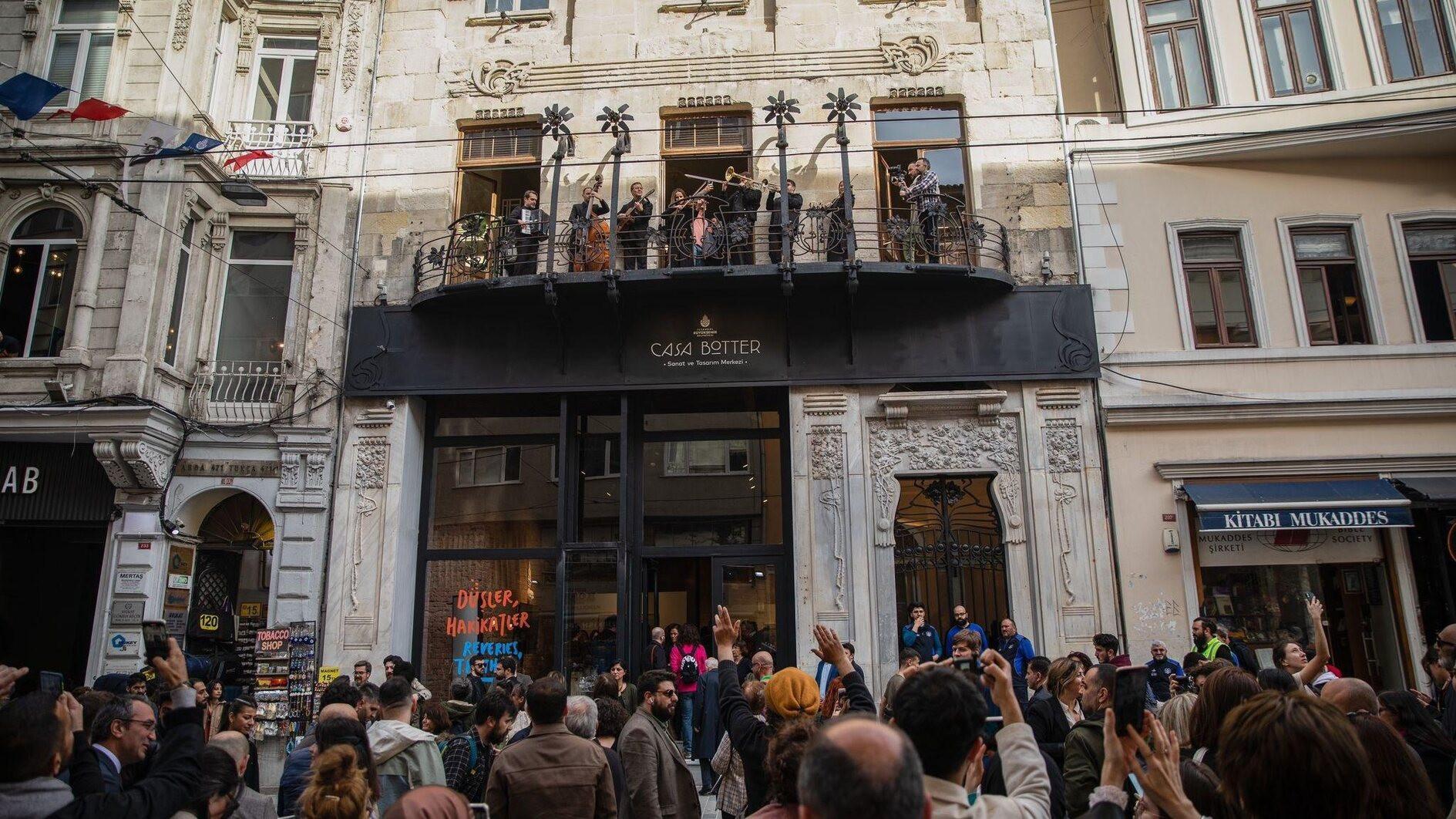
Numerous historical structures in Istanbul are still standing resiliently after more than a century of construction, even though the city's relatively new earthquake-prone buildings number in the hundreds of thousands.
The sudden collapse of a building in the Küçükçekmece district at the beginning of June, resulting in the death of a resident, brought the issue of approximately 600,000 earthquake-prone structures back into the spotlight — a debate rekindled in the metropolis of 16 million residents following the massive earthquakes in the country's south last year.
However, while reports highlight the seismic vulnerability of tens of thousands of reinforced concrete buildings erected during the 1970s and 80s, the same concern does not extend to landmark structures built 100-200 years ago.
According to renowned Turkish architect Sinan Genim, the secret behind why these buildings enduring multiple earthquakes while modern structures crumble is not a mystery or enigma: It lies in high-quality materials, meticulous design, skilled craftsmen and maintenance and repairs that extend their lifespan — a point reiterated by many experts.
During a tour with the daily Milliyet, Genim provided insights into some iconic structures. He noted that the Vlora Han in Sirkeci was commissioned in 1904 by an Italian architect. The building's exterior walls are composed of stone cladding over brick, with a hybrid load-bearing system of steel framework and masonry brick walls. These features have contributed to its durability for more than a century although the Art Nouveau building has been waiting to be renovated for years now.
The Frej Apartment in Şişhane was constructed with masonry materials, featuring stone imported from Malta for the exterior façade and marble from Italy for the staircases, representing a prime example of Art Nouveau architecture, he said.
The city's renowned Botter Apartment, a creation of Raimondo D’Aronco, was the first in Türkiye to utilize steel construction, the architect explained.
The Narmanlı Han, built in 1831, remained derelict for years until its restoration in 2013, which sufficed to reintegrate it into use.
Genim emphasized that another crucial factor in the longevity of these iconic buildings is that the primary authority in their construction was not contractors or engineers, as with modern buildings, but architects.
"These architects were not just designers but builders. Property owners were culturally sophisticated individuals who envisioned creating structures to last for future generations.”
"Craftsmen, such as foremen and masters, were highly skilled and upheld professional integrity. As long as these buildings receive the necessary periodic maintenance and repairs, they will endure as long as the city itself,” he said.
Genim pointed out that nowadays, anyone with financial means can become a contractor, lamenting, "Today, there are very few people who do their job properly."
"Unfortunately, it seems increasingly unlikely that we can produce works that can be bequeathed to future generations like these apartments," he concluded.
Meanwhile, speaking to the daily Milliyet, Sinan Türkkan, the head of the Earthquake Reinforcement Association, mentioned that nearly half of the 600,000 at-risk buildings could be rendered earthquake-resistant through reinforcement. Moreover, for some of these buildings, the reinforcement process would not even require evacuation.